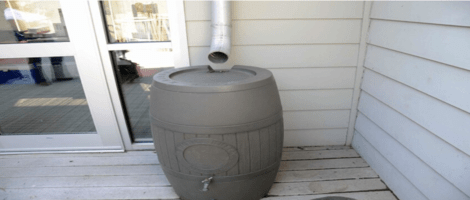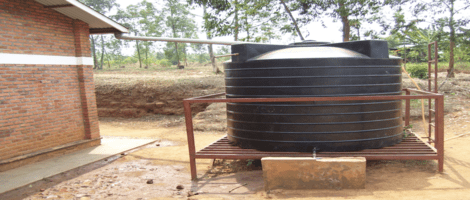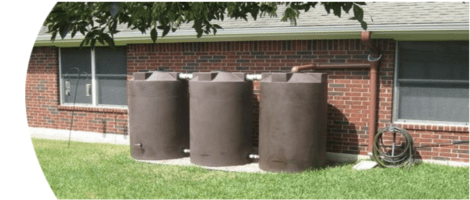Stormwater collection and rainwater harvesting have become more important than ever due to the increasing population and need for more and cleaner water. A stormwater collection system collects stormwater runoff from land areas like parking lots and driveways. The collected stormwater is then directed into a rainwater harvesting system where it can then be filtered and used along with harvested rainwater.
The rainwater harvesting system collects and stores rainwater from surfaces like roofs and purifies stormwater into rainwater. Rainwater can be used for many purposes, including for potable water, watering plants, flushing toilets, and washing cars. There are several advantages to using a stormwater collection and rainwater harvesting system.

What is Stormwater and What Are its Effects on the Environment?
Stormwater is rain or melting snow that runs off streets, lawns, and other locations. It is absorbed into the soil in natural settings and filtered through the ground to recharge aquifers and replenish streams. In developed areas, stormwater flows over land or hard surfaces, such as rooftops, parking lots, and driveways, preventing water from naturally absorbing into the earth.
Stormwater picks up oil, chemicals, germs, silt, and other pollutants as it goes. It washes these contaminants straight into a community's storm drain system, and eventually a nearby waterway after they travel. Pollutants can block storm drains, lower water quality, and result in flooding, property damage, and public safety problems.
Advantages and Disadvantages of the System
Advantages
- The first advantage is that it helps conserve water. In fact, rainwater harvesting can reduce a building’s water usage by up to 30% or more, depending on the amount of filtering done after collection.
- Another advantage of using a stormwater collection and rainwater harvesting system is that it helps reduce flooding. When stormwater is collected and directed into a rainwater harvesting system, it reduces the load on the city’s drainage system. If enough property owners use this type of system, this can help prevent flooding in urban areas.
- A third advantage of using a stormwater collection and rainwater harvesting system is that it helps reduce pollution. Stormwater often contains pollutants such as oil and grease that can contaminate rivers and lakes. However, when stormwater is collected and directed into a rainwater harvesting system, these pollutants can be filtered out.
Disadvantages
There are also several disadvantages to using a stormwater collection and rainwater harvesting system:
- One disadvantage is that it can be expensive to install.
- Another disadvantage is that the system requires regular maintenance, such as cleaning the filters and emptying the tanks.
- Using stormwater as drinking water requires additional filtration.

What types of systems are available for stormwater collection?
There are a few types of stormwater collection systems available. The most common types are rainwater harvesting systems or rain barrel systems. They collect rainwater runoff from a building’s roof in a rain barrel or other storage container.
Another type of system is the curb or gutter system. They collect stormwater runoff from a street or parking lot in a storm drain or detention basin.
A third type of system is the dry well system. These collect stormwater runoff from an area and store it in an underground tank. The stormwater then slowly seeps into the ground, where it is absorbed and filtered.
How Do You Choose the Right System for Your Needs?
When choosing a stormwater or rainwater collection system, you need to consider the size of the system, the type of system, and the location of the system. You also need to consider how much stormwater or rainwater you can collect, and if you are collecting both versus only one type, as stormwater will require a filter for further use and rainwater will not. The size of the system will vary depending on the type of system you choose.
The type of rainwater or stormwater collection system you choose will also depend on your needs. There are several types of systems available, including downspout diverters, rain barrels, and cisterns. You should choose a system that is easy to install and fits your budget.
The location of the stormwater or rainwater collection system is also important. You need to ensure the system is located in an area where it can collect sufficient runoff from your property.

How Does Tank Depot's Rainwater Harvesting Kit Compare to Other Options on the Market?
Tank Depot's rainwater harvesting kits are superior to other options on the market because they come with everything you need to start, including a storage tank and filter. We also offer a wide variety of sizes, so you can find the perfect stormwater collection and rainwater harvesting kit for your needs.
We offer both rain barrels and cisterns for stormwater collection, as well as rainwater harvesting systems with the capacity to hold up to 1550 gallons of water. Contact one of our tank specialists today to find out which system will provide the best performance for your specific needs.







